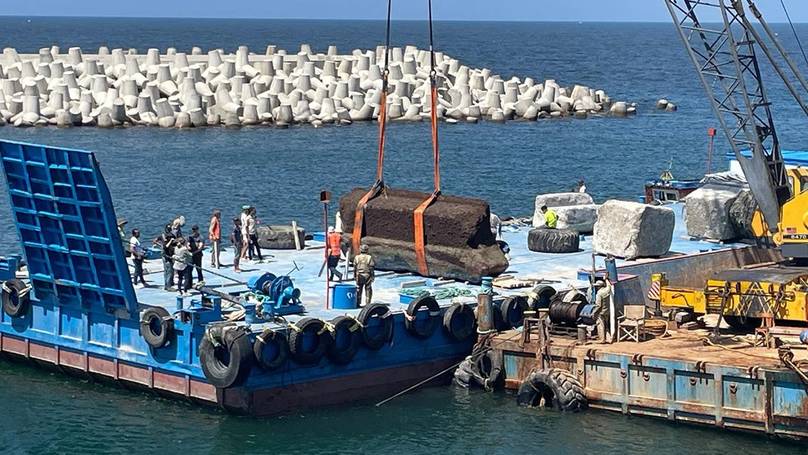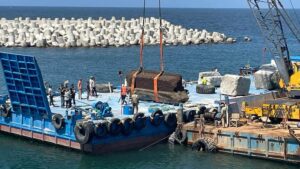Lost for 700 Years: The Astonishing Underwater Discovery of a Seven Wonder Sparks Global Frenzy
Imagine stumbling upon 22 massive stone blocks that once stood as part of humanity’s first skyscraper—the legendary Lighthouse of Alexandria—after 700 years snoozing underwater. Yep, that’s exactly what archaeologists have done, and honestly, it’s like a historic treasure hunt with a splash of ancient architecture thrown in! Known as the Pharos of Alexandria, this marvel peeked out of the Mediterranean seabed as far back as 1968, but it took until 1994 for a gang of eagle-eyed archaeologists, led by Jean-Yves Empereur, to start piecing together its underwater jigsaw puzzle—think granite blocks, obelisks, and even sphinxes. Fast forward, and the ongoing Pharos Project recently hauled up these 80-ton giants, inching us closer to digitally resurrecting this ancient beacon of power and brilliance. Can you picture it? A virtual lighthouse lighting up our screens, guiding us through history like never before! Curious about the crazy tech and tales behind this epic recovery? LEARN MORE.
Archeologists have successfully recovered 22 huge blocks of stone from the Lighthouse of Alexandria, one of the Seven Wonders of the Ancient World, after 700 years submerged under water.
The lighthouse, also known as the Pharos of Alexandria, first became visible on the Mediterranean seabed back in 1968, but it wasn’t until 1994 that a team of archaeologists, led by Jean-Yves Empereur, began documenting more than 3,000 pieces of the sunken tower, including granite blocks, obelisks, columns and sphinxes.
Since then, more than 100 pieces have been digitally scanned on the seabed.
Now, 22 blocks, some weighing around 80 tons, have been recovered from sea as part of the ongoing Pharos Project, led by Isabelle Hairy of France’s National Center for Scientific Research (CNRS) and Egypt’s Centre d’Études Alexandrines (CEAlex) under the authority of Egypt’s Ministry of Tourism and Antiquities, according to Archeology News.

Archeologists recovered 22 huge blocks (GEDEON Programmes/CEAlex)
The goal is to virtually reassemble the structure by using advanced technology to digitally analyse all the fragments and piece them back together, with the recent recovery providing a huge step towards achieving the mission.
A team of engineers will then use the virtual model to hypothsise how the incredible feat of architecture was initially constructed and how it later collapsed. Members of the public will also be able to visit the virtual twin of the lighthouse and experience its magnificence.
This most recent step in the ongoing endeavour to reconstruct the ancient wonder, which is set to appear in a 90-minute documentary, directed by filmmaker Laurence Thiriat.
Speaking to French media, he said the operation was ‘an extraordinary step toward reviving a monument lost to time’.
.jpg)
What the Lighthouse of Alexandria would have looked like (Getty Images)
The Lighthouse of Alexandria was built around 280 BCE for Ptolemy II of Egypt, on the island of Pharos off Alexandria.
It is believed to have been more than 350 feet tall and is widely considered to be humanity’s first skyscraper. For more than 1,600 years it held the title of the world’s tallest human-made structure,
The Pharos was constructed by Greek architect Sostratus of Cnidus and was designed to guide ships through the treacherous waters of Alexandria, while symbolising the city’s power.
However, in 1303 an earthquake sadly rendered the building inoperable and Sultan Al-Ashraf Sayf al-Din Qa’it Bay used the remaining stones to erect a fortress in its place in 1477.
It’s hoped this project will go a long way to bridging the gaps in understanding of the incredible feat of engineering.













Post Comment